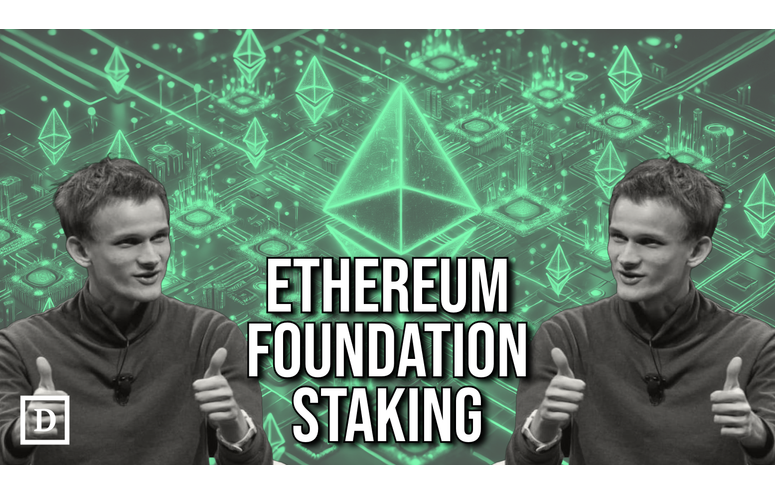Ethereum Foundation Is Exploring Staking Its ETH - "The Defiant"

The Ethereum Foundation is exploring ways to stake its sizable ETH holdings without compromising its neutrality in the event of a fork. On Oct. 26, Vitalik Buterin, Ethereum’s chief scientist, revealed the motivation behind the Ethereum Foundation’s decision not to stake any Ether at present. Buterin said that the foundation does not want to be in the position of having to make an “official choice” regarding which chain to support in the event of a contentious hard fork. However, Buterin revealed that the foundation is exploring allowing third-parties to stake the foundation’s Ether. “One interesting idea around this that is being considered is giving some grants in the form of ‘you can stake our ETH, you choose how as long as it's ethical, and keep the upside’,” Buterin said. Buterin also suggested that the Ethereum Foundation’s resources and operations could be spread across multiple entities to create multiple organizations that are “viewed in people’s eyes as credibly representing Ethereum” — taking pressure off the foundation should a contentious fork occur. The topic arose on X in response to Buterin commending Helios for announcing plans to become an Ethereum light client, with Vitalik outlining other measures he believes are needed to build out a light client ecosystem for Ethereum. Commenters revived recent concerns regarding the Ethereum Foundation's management of its ETH holdings, with the organization attracting controversy for selling significant sums of Ether this year. “I want to know why the Ethereum Foundation doesn't stake all of its ETH holdings and only use the revenue to cover costs,” asked Jason Chen, an advisor to Puffer Finance. Aya Miyaguchi, the founder of the Ethereum Foundation, previously said the organization has an annual budget of roughly $100 million annually, which is used to fund salaries and grants programs. In August, Buterin said that the Ethereum Foundation plans to spend 15% of its treasury each year, adjusting in perpetuity. “This implies a default path where the EF lasts forever, but gets smaller and smaller (as a share of the ecosystem) over time,” Vitalik said.
